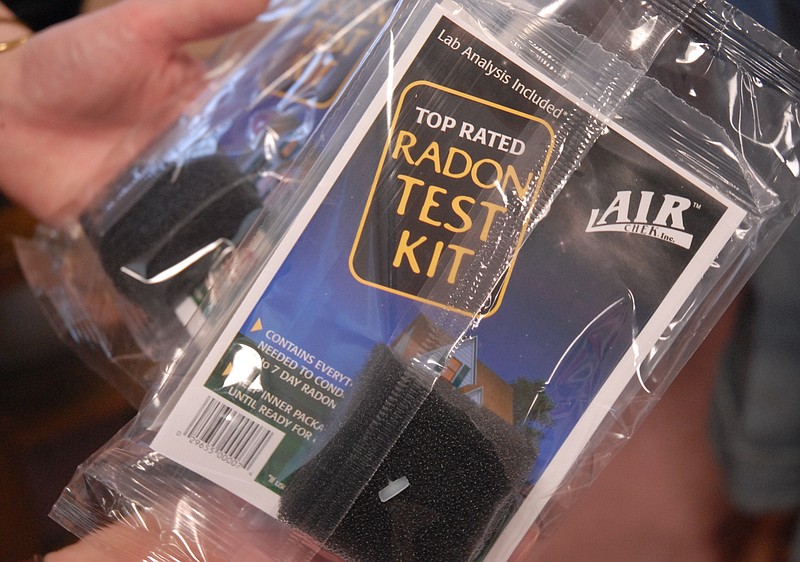Hamilton County's public schools have never been tested for radon and are not scheduled to be tested in an upcoming facilities review.
The radioactive gas is the leading cause of lung cancer in nonsmokers and more lethal than secondhand smoking, according to estimates from the Environmental Protection Agency. Radon has been detected in every county in Tennessee, and roughly three-quarters of the state's population live in moderate-to-high-risk areas for radon, including Hamilton, Bradley, McMinn, Meigs and Polk counties.
"It's not something that's required," district spokesman Tim Hensley said when asked why the district has never tested for radon.
However, state and federal agencies strongly recommend regular testing.
Tennessee code lists radon testing as an encouraged safety practice, along with separating students from construction areas and ensuring that an adequate amount of outdoor air is being supplied. Testing is the only way to know if radon is present in a facility, according to the EPA. The agency encourages the practice and argues that it's important for both homes and schools.
"Radon in schools can be a significant source of exposure to the people who spend the most time there, especially students and staff," according to an informational guide on the EPA website.
The gas is a natural element created by the breakdown of uranium and is exuded from rocks and soil. It is not harmful in outside air but is toxic when trapped in confined spaces such as homes and classrooms.
Hamilton County Schools facilities are expected to undergo an audit this fall, and whether or not the district meets that timeline, radon testing is not expected to be part of the review, Hensley said.
The potentially deadly gas cannot be seen or smelled and accumulates over time. However, newer buildings aren't exempt from the problem.
High radon levels often are found in newer structures, Air Quality Unlimited President David Coffey said. The Cleveland, Tennessee-based environmental health service company provides radon testing and mitigation services.
Energy-efficient homes have overwhelming environmental, financial and health benefits, but airtight buildings often trap radon inside, Coffey said, making it more important to regularly check for the gas.
"Some of these radon levels are the equivalent to your kids smoking half a pack a day," he said. " Radon is low-dosage radiation. When you're spending 8 hours a day in a classroom, your exposure rates are cumulative."
The threat of radon wasn't widely understood until recent decades. Scientists began correlating the gas with lung cancer in the 1980s. Further long-term studies released in the 2000s gave scientists and the public a better understanding of the dangers. In 2005, the U.S. surgeon general issued a national health advisory for radon.
"It's important to know that this threat is completely preventable," Former U.S. Surgeon General Richard H. Carmona wrote at the time. "Radon can be detected with a simple test and fixed through well-established venting techniques."
Free testing kits are widely available from state and federal governments.
Contact staff writer Mark Pace at mpace@timesfreepress.com or 423-757-6659. Follow him on Twitter @themarkpace and on Facebook at ChattanoogaOutdoorsTFP.
